These eight artists bent the rules when branding themselves. Although they worked across two centuries, all chose to adopt their mother’s family names instead of abiding by the traditional patriarchy…
Karen Chernick
Some of art history's greats have used everything from kitchen cloths to board games when they couldn’t get canvas or were short on funds.
For six weeks in 2011, visitors to room 20 of the Parisian Musee d'Orsay didn't know what to look at first—Gustave Courbet's L'Origine du Monde (1866), or the woman copying it at a nearby…
Traveling writer Maxime du Camp changed photographic history when he grew tired of sketching the sights.
A custom sign planted in MoMA's sculpture garden in 1943 said "Please Touch," signaling to visitors at Alexander Calder's retrospective that it was okay to handle the kinetic sculptures and mobiles.
To celebrate their city’s tricentennial, the New Orleans Museum of Art gathered under one roof what was once one of the greatest art collections in the world.
Organizing the first retrospective for Michaelina Wautier, a forgotten 17th century Dutch woman artist, offered a unique (and exciting) set of curatorial challenges.
Bill Cunningham’s posthumously published memoir, "Fashion Climbing," reveals a life inspired by beauty and originality.
A celebrated painter in her own time, Thérèse Schwartze later fell into obscurity. Now she is being rediscovered.
The Japanese photographer who brings museum objects to life.
While the struggling Vincent van Gogh was just trying to pay the rent, he unwittingly shaped his work and art history.
In the 1960s, a different Robert De Niro was making a name for himself in the New York art scene.
Taking the famed movement home with them from France, these Canadian artists created an Impressionism all their own.
When Italian university student Piergiorgio Castellani booked his winter-break holiday in New York in 1988, he expected to see major artworks in museums–not major living artists walking nonchalantly…
Photographer Martha Cooper was taking snapshots in the Bronx for the New York Post one day in the early 1980s, when she…





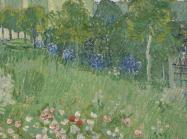


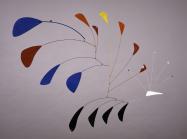


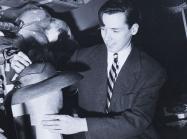
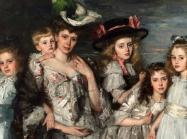




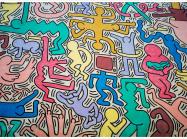
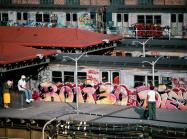














![DEl Kathryn Barton [Australian b. 1972] the more than human love , 2025 Acrylic on French linen 78 3/4 x 137 3/4 inches 200 x 350 cm Framed dimensions: 79 7/8 x 139 inches 203 x 353 cm](/sites/default/files/styles/image_5_column/public/ab15211bartonthe-more-human-lovelg.jpg?itok=wW_Qrve3)




